
OR
RJPN expedites preparations to hold convention within six months
Published On: June 13, 2018 06:30 AM NPT By: Republica | @RepublicaNepal
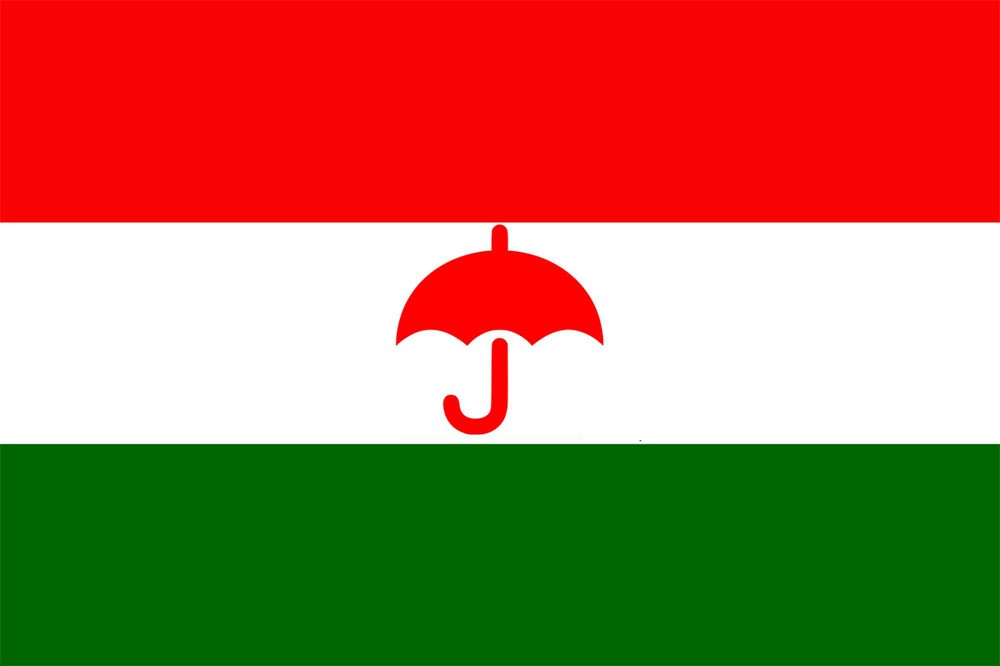
KATHMANDU, June 13: Rastriya Janata Party Nepal (RJPN) has expedited internal preparations to hold the party's general convention within six months after receiving nod from the Election Commission (EC).
The party's senior leaders said a meeting scheduled for Monday is likely to take a formal decision on holding the party's general convention within the next six months. Leaders said coordinator of RJPN, Mahanth Thakur and other senior leaders held an informal meeting with the EC officials about holding the party's general convention.
RJPN General Secretary Keshab Jha said the party's top leaders have already held consultation with the EC. “EC has positively responded to the party's request to give additional six months time to hold the general convention. Our party's meeting scheduled for Monday will take the official decision on the date for the general convention,” Jha said.
Earlier on Thursday, the EC had written to the RJPN that was formed after the unification of various Madhes-based parties last year to hold the general convention by July 14. The RJPN was registered with the EC in July 2017. Article 22 (10) of RJPN's statute has a provision to hold the general convention within a year.
The six Madhes-based parties, namely Tarai Madhes Democratic (TMDP), TMDP-Nepal, Sadbhawana Party, Sanghiya Sadbhawana Party, Madhesi People's Rights Forum (Republican) and Rastriya Madhes Samajbadi Party had last year formed a united party called RJPN just ahead of the local polls under the framework of the new constitution.
After the recently held parliamentary elections, only four parties have been recognized as national parties as the then CPN-UML and CPN (Maoist Center) decided to go for unification to form the Nepal Communist Party (NCP). Nepali Congress, Federal Socialist Forum Nepal and RJPN are the three other national parties.
RJPN leaders said they could not hold the general convention on time as the party leaders were busy with the three-tier elections almost throughout the year. Earlier, the EC had given additional one year to the NC to hold its general convention as the party said it was busy with the constitution-drafting process.
Joining govt still uncertain
Although negotiations are underway between the government and RJPN top brass over joining the government, the demand of RJPN to withdraw court cases against its cadres including the murder case against lawmaker-elect Resham Chaudhary has made RJPN's entry in the cabinet uncertain.
RJPN leaders during their recent meetings with Prime Minister KP Oli and his aides have conveyed that they are ready to be part of the government if Chaudhary is administered the oath of office and secrecy as a lawmaker and if the government expressed commitment in writing to amend the constitution to address their grievances.
“While the government appears keen to make a written agreement similar to the one reached with Upendra Yadav-led Federal Socialist Forum Nepal, the issue of withdrawing political cases against our cadres has been the main bone of contention,” said a senior RJPN leader, asking not to be named.
RJPN leaders argued that the existing laws do not bar Chaudhary from taking the oath of office and secrecy since there is a provision in the parliamentary regulations that a lawmaker shall not be suspended until proven guilty even if he/she is accused of a serious crime. The case of Chaudhary, who has been accused of masterminding the brutal murder of police officials in western Nepal just before the promulgation of the new constitution in 2015, is currently sub judice in the court.
You May Like This

RJPN wants six months to hold general convention
KATHMANDU, June 8: The Rastriya Janata Party Nepal (RJPN) has decided to seek additional six months to hold its general convention... Read More...
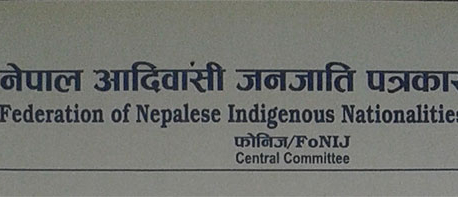
FONIJ to hold sixth general convention on April 7-8
KATHMANDU, Jan 27: The Central Committee meeting of the Federation of Nepalese Indigenous Journalists (FONIJ) held at its central headquarters... Read More...

NC expedites preparations for local elections
Kathmandu, March 29: As the long overdue local level election is at hand, Nepali Congress (NC) has accelerated preparation in... Read More...
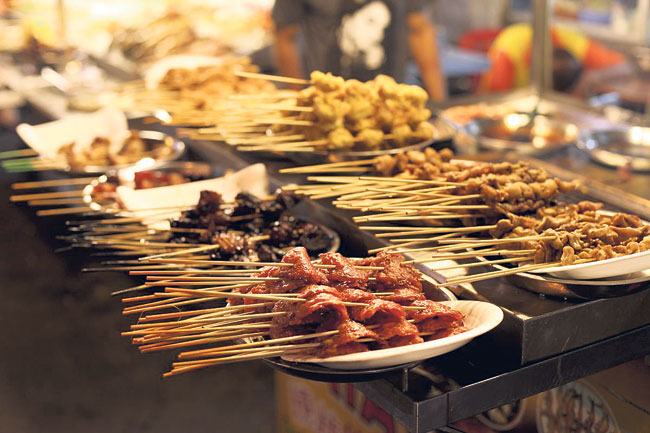
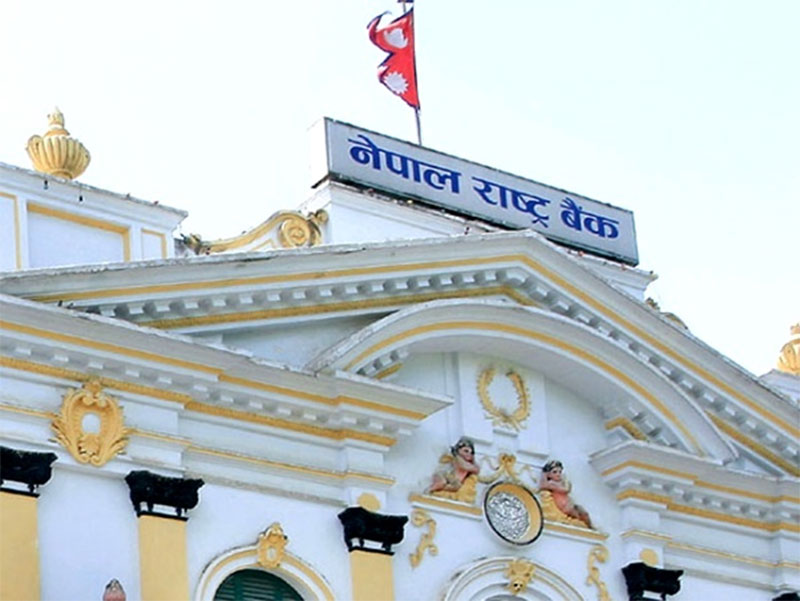


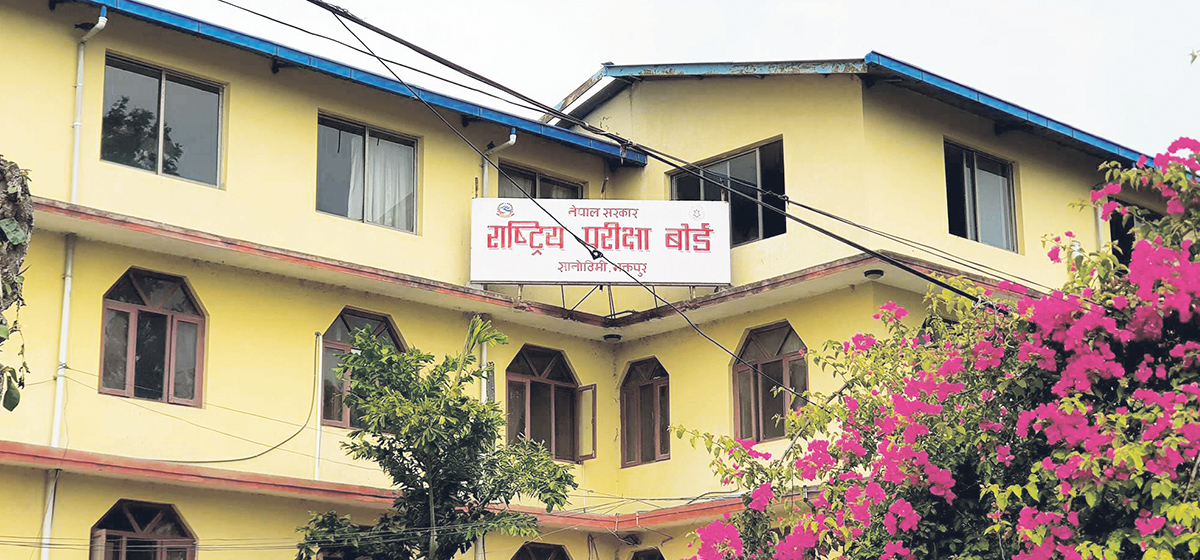

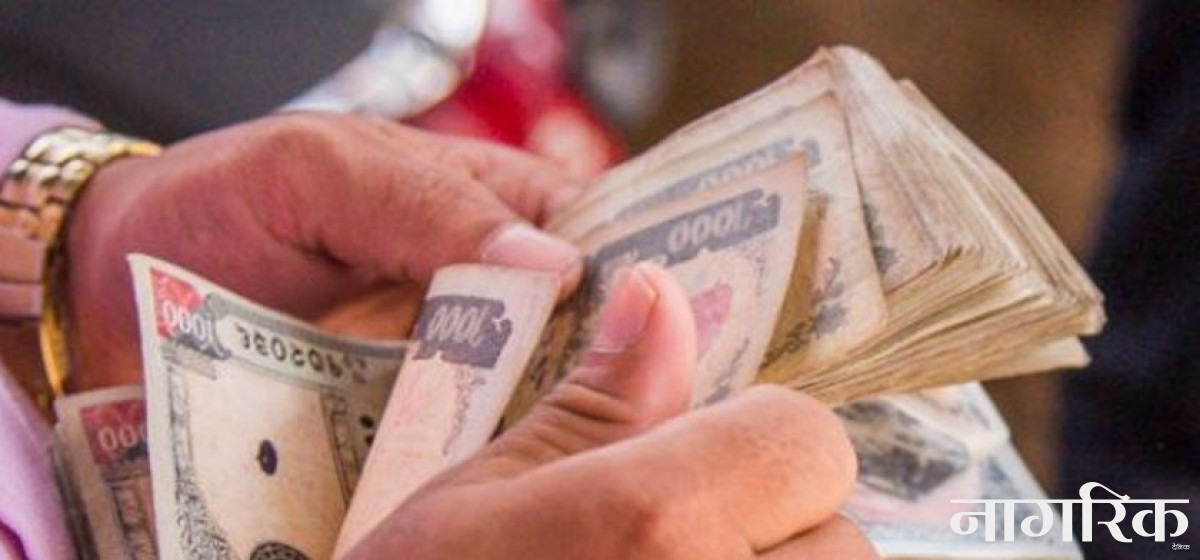
Just In
- NRB to provide collateral-free loans to foreign employment seekers
- NEB to publish Grade 12 results next week
- Body handover begins; Relatives remain dissatisfied with insurance, compensation amount
- NC defers its plan to join Koshi govt
- NRB to review microfinance loan interest rate
- 134 dead in floods and landslides since onset of monsoon this year
- Mahakali Irrigation Project sees only 22 percent physical progress in 18 years
- Singapore now holds world's most powerful passport; Nepal stays at 98th



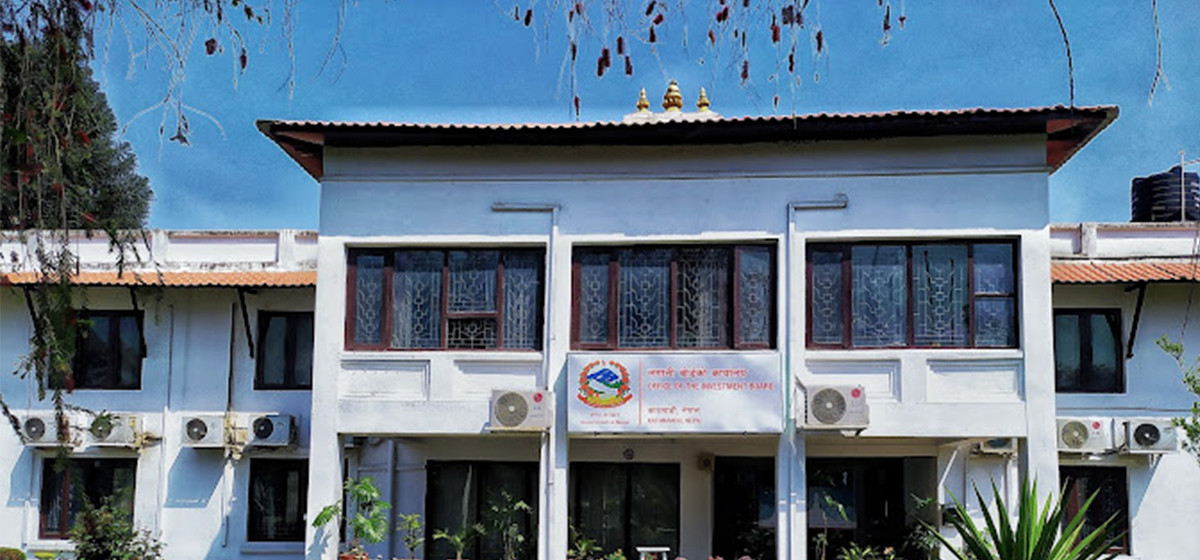


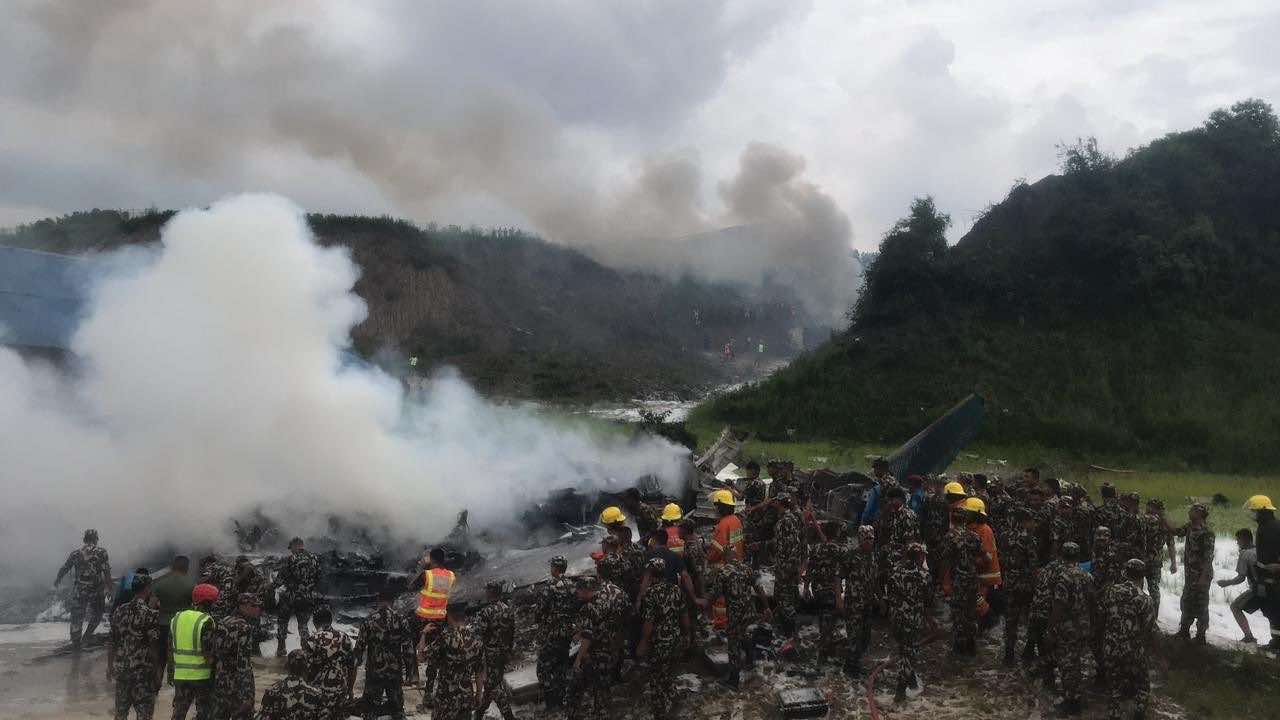
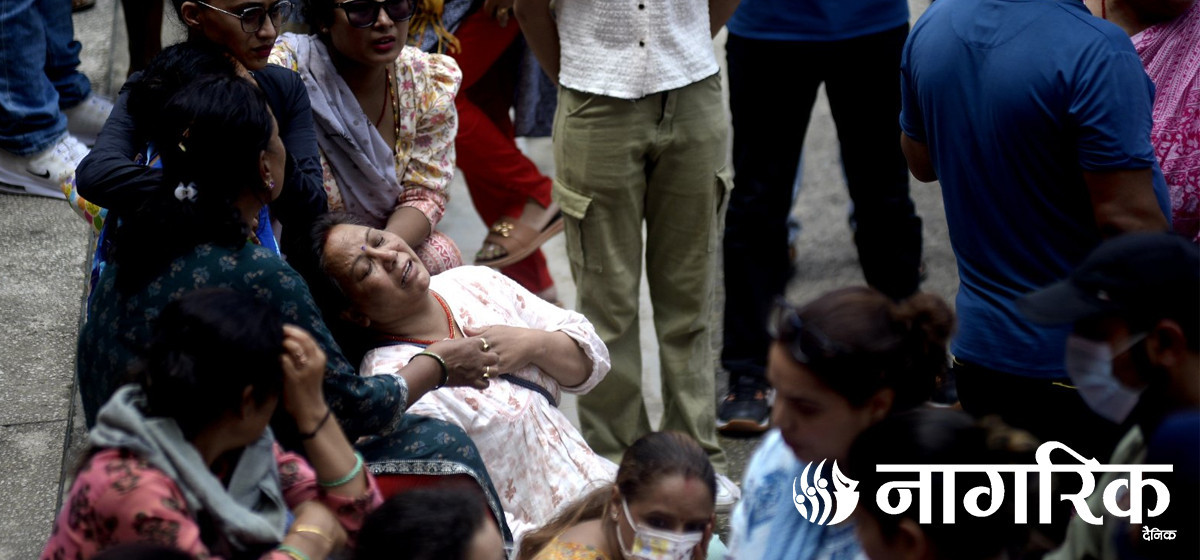


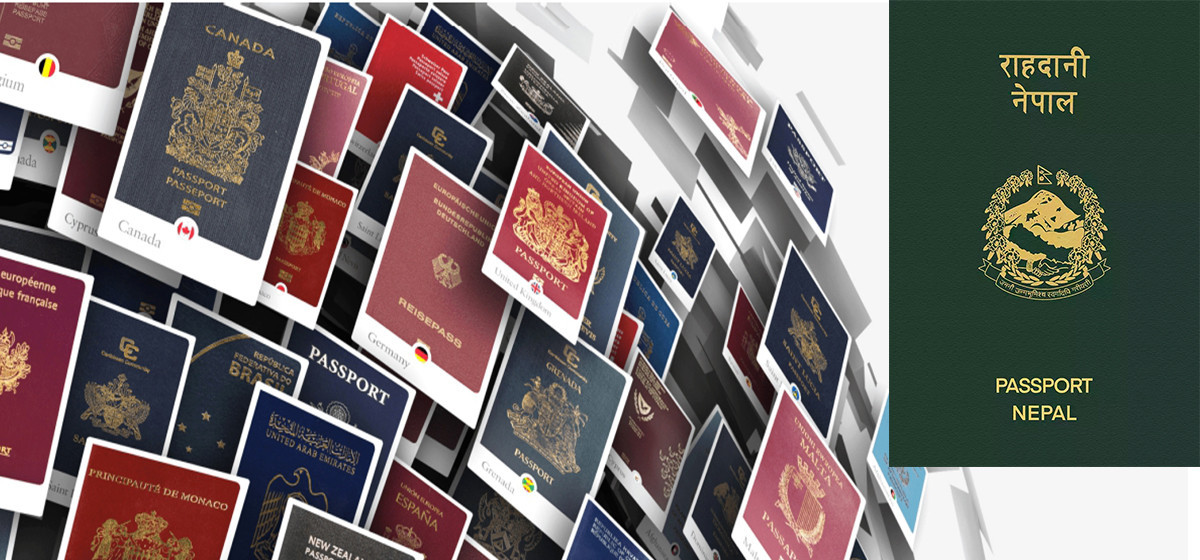
Leave A Comment